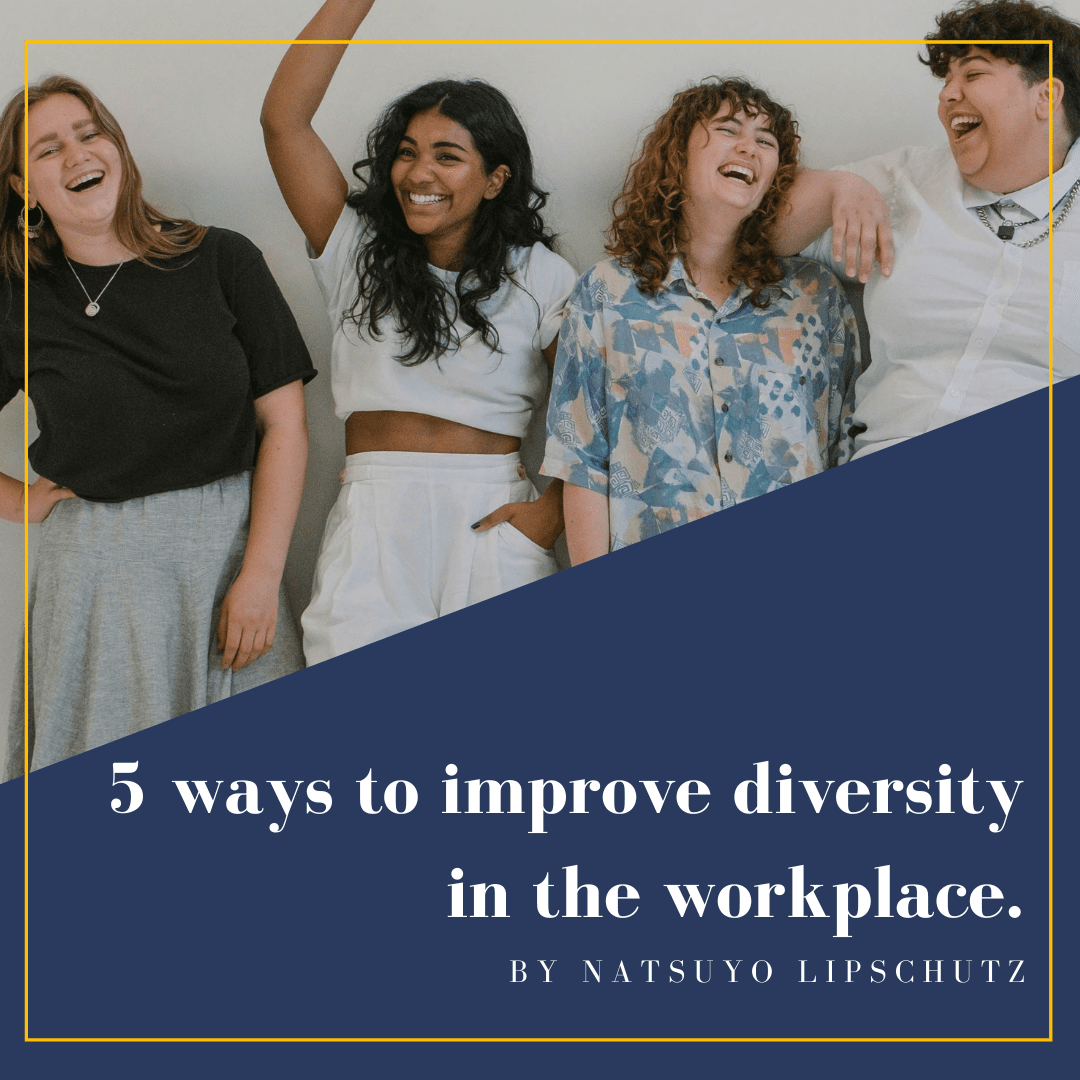
Having lived and worked in many unique places around the world and having directly interacted with an even broader range of leaders from all sorts of distinctive backgrounds and worldviews, I’ve witnessed first-hand companies that make big promises when it comes to creating a diverse culture, but when it comes to demonstrating an authentic commitment to creating one, they have fallen short.
Whether I’m presenting to a group of people about ‘Communicating Beyond Differences’ or helping leaders with ‘Strategic Development’, I know that the best ideas and work come from those organizations who are committed to mutual awareness, respect and credibility across a range of different cultures.
A diverse workforce is when a group of different people from different places with different experiences, come together to solve complex problems. It includes cultural diversity in the workplace, gender diversity, religious diversity, language diversity, different education levels, different viewpoints, and unique abilities. It’s all of that.
I’m a Japanese native living in New York. I communicate differently to those I work with. I rely more on facial expression, tone of voice and posture to understand how someone is feeling. Americans rely more on the spoken word and gestures. The part of the county you were born in also makes a difference. New Yorkers may depend more on verbal messages but Southerners may understand more non-verbal messages. We’re all different.
It is important to recognize our differences and understand how to communicate effectively regardless of culture, race, language or gender. I used to communicate in a traditional Japanese way when I first came to the US, but as I’ve lived in the US for almost half of my life now, my communication style has shifted to a more direct, logical, and specific verbal communication. If you are learning about some country’s culture for the first time, it may be helpful to learn the “typical tendency of the average citizen of the country”. Ultimately, we are all uniquely different, so we need to take diversity way deeper than the way we look.
This article outlines five ways leaders can encourage diversity in the workplace.
1.Evaluate the executive team
Inclusive attitudes need to start at the top. Diversity and inclusion are about ensuring that everyone’s voice is heard (however they choose to express that voice), that their opinions are considered and an environment is created where people can feel comfortable bringing their “full selves” to work.
Diversity training can help people become aware of their unconscious bias and learn how to actively listen to others, to encourage varying perspectives, and conduct fair performance reviews.
American Express is holding mandatory diversity training for executives to discuss strategies and foster it amongst their teams.
2. Foster respected community with open communication
Having a diversity and inclusion policy isn’t enough. It’s how you communicate it. More importantly, it’s how you LIVE it. From recruiting, onboarding, to the daily aspects of work, how you run meetings, team building, culture, from successes and failures, performance reviews, succession planning, mentoring — everything.
Regularly ask for feedback about diversity as part of your 360 feedback reviews. This gives a voice to employees who might not otherwise express their opinions openly.
3. Encourage diversity through training
Some companies send only their HR team on diversity training, but I believe everyone in the organization, from CEO to graduates, should receive training to create an inclusive workplace.
Diversity training can help to create common goals for your organization, forming a common bond that will appropriately connect with employees and foster better social bonds; giving everyone a shared vision that will impact your bottom line.
A recent McKinsey study shows that:
“Companies in the top quartile for racial and ethnic diversity are 35% more likely to have financial returns above their respective national industry medians.”
So having a commitment to diversity extends far beyond compliance. It delivers tangible business impact and a measurable return on investment.
4. Design marketing and training materials with diversity in mind
Showcasing photographs of people of different ages, gender and race across your company website, marketing and training materials will help to create a sense of belonging and an inclusive culture.
Photos of a diverse workforce will attract the same and will allow your company to express its authentic search for diverse employees and nurture a company culture to match.
5. Observe diverse traditions
Celebrate cultural diversity by observing some of the different holidays that represent the people within your organization. You could even encourage everyone to bring traditional food into the office for the larger celebrations such as Chinese New Year, Jewish or Christian holidays.
By actively celebrating a diverse cultural workforce you will create a happier and engaged workforce and reap the benefits on your bottom line.
Interested to find out more? I provide impactful keynote speaking about Communicating Beyond Cultural Differences to help your leaders close the cultural gap and build highly productive teams. Book a Discovery Call with me to find out more.



Very interesting below ↓¥
A recent McKinsey study shows that:
“Companies in the top quartile for racial and ethnic diversity are 35% more likely to have financial returns above their respective national industry medians.” !!!!!